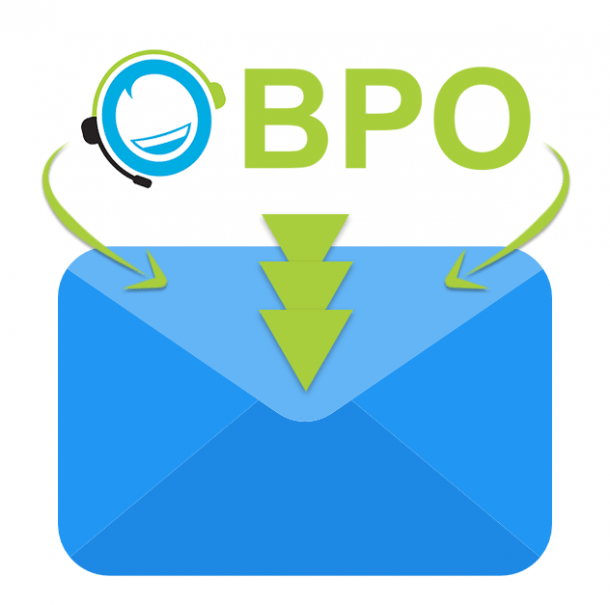At its core, the customer service for big and small enterprises are traditional call centers. When customers reach out to a business on the phone for support, the call center is where they land. Business representatives typically manage from a call center, calling a potential customer to conduct a survey or create sales. However, not all call centers are built equal. The business’s root dictates what type of call center they handle.
However, some businesses deliver both inbound and outbound calls and services, making people constantly raise this question over the years – what is the difference between an inbound and an outbound call center? There are significant differences, and if you are developing a call center for a business, it is crucial to understand them.
On the same note, from the client’s perspective, it is also helpful to know what differentiates one from the other. It will guide you on identifying the system and technology to look for and figure out the decision that will ultimately satisfy your goals at the end of the day.
Inbound Call Center
An inbound call center’s primary distinction is that agents wait for calls instead of making the calls themselves. In simple terms, an inbound call center receives incoming calls. Callers connected to inbound call centers usually seek customer service from product assistance and placing tech support orders. Consequently, inbound call center agents must respond with immediate solutions to every customer’s problem.
Above all else, inbound call centers are focused on customer service. Their role serves as a proficiency case for customer service issues, billing questions, etc. For this kind of call center, the critical metrics of success are agent productivity, customer satisfaction, and quick call resolution.
Outbound Call Center
The outbound call centers are the exact opposite of inbound call centers. Outbound call center agents make the calls instead of customers reaching out, and they are mostly focused on getting sales. Agents carry with them a list of prospects to contact where they will routinely maximize customer relationship management (CRM) software to follow and manage their interactions.
Outbound call center agents are aiming at a different target than inbound call center agents. They are not on the scheme of customer support, receiving calls, and answering questions. Instead, outbound agents usually have other objectives to achieve and are actively reaching out to clients to meet those plans.
The Differences Between Inbound and Outbound Call Centers
The leading difference between inbound and outbound call centers is where they usually take place. While some call centers handle both inbound and outbound calls, it is considered an outbound call center when the majority of calls are outbound. The same goes for when most calls are inbound. If you are considering call center infrastructure for your business, it is essential to understand the kind of interactions you will be experiencing with your customers.
Differences in Motive
The main motive of any call center is to give their customers satisfaction; however, there are different ways to achieve this goal. In outbound call centers, the agents take the initiative and do the call first, whether pitching offers, products, or services. On the other hand, inbound call center agents connect to their customers with issues, complaints, suggestions, or questions. Agents from both centers are expected to do everything possible to help customers find a solution to any situation.
Differences in Technology
Outbound call centers need operators, agents, and CRM systems that assist them in finding potential customers. In inbound call centers, they use continuous call monitoring and call management that can transfer, hold calls, etc.
Differences in Practice and Training
Furthermore, there are differences when it comes to agents from both centers. In outbound call centers, operators must have information about the client beforehand. They must also recognize the interest in their voice and mood and take that as leverage to convince them to use a service or product.
In inbound call centers, customers are responsible for the calls, but this doesn’t make their agents less accountable than those in outbound call centers. They must also have the data prepared as soon as they receive a call. The agents are also counted on to be polite and patient to whoever they are accommodating.
Conclusion
Understanding the differences between inbound and outbound calls is vital to maintaining your customer’s satisfaction and helping your sales team develop their potential. Though the challenges can vary, the impact on the business of both call centers is indispensable. Inbound call centers are deliberated in terms of speed and customer satisfaction. In comparison, outbound call centers are measured in the scope of high conversion ratios.
Whether you choose to build or work with an inbound or outbound call center, to stay competitive in the industry, one must learn to polish the system, give agents excellent training, and, most significantly, be flexible in the ever-changing industry of business.



